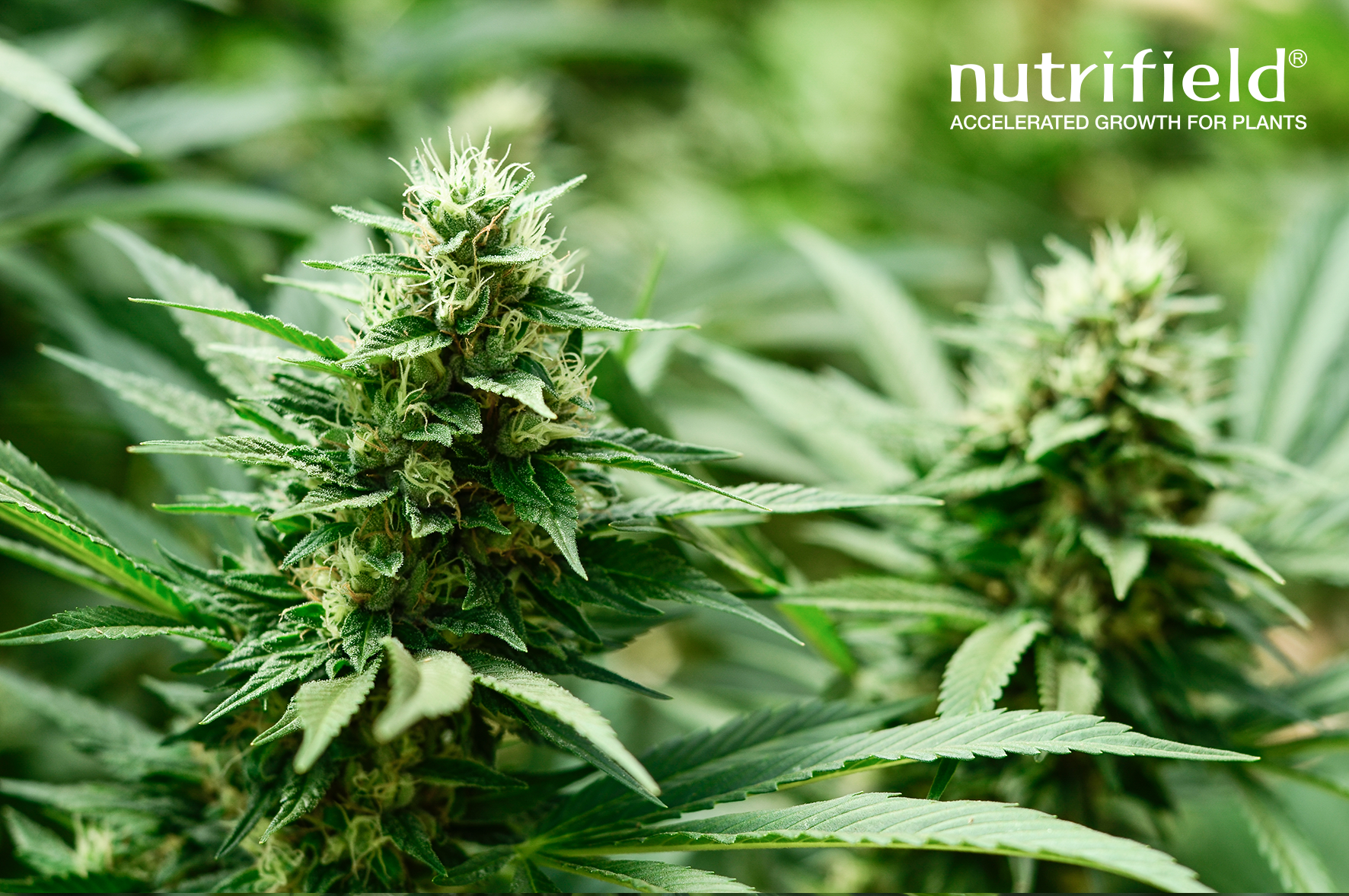The Nutrifield R&D team has collaborated with RMIT University to develop a pharmacokinetic model for predicting the accumulation of medicinal compounds following inhalation of cannabis. This model is presented in the journal Pharmacognosy Communications, and is titled “Inhalation Absorption Prediction (IAP) Model for Predicting Medicinal Cannabis Phytochemical Pharmacokinetics”.

Predictive models such as this one, are useful screening tools for guiding clinical trials, and hypothesising explanations for unknown observations. These models are generally specific to an intake method, and whilst there are established models for predicting pharmacokinetics following ingestion, there are no established equivalents for predicting pharmacokinetics following inhalation.
These models are based on a few general principals of pharmacokinetics. When compounds enter the body (ingested, inhaled etc.) their physicochemical qualities (size, charge etc.) impact their passive absorption into the blood stream. Once in circulation, they are treated as xenobiotics (foreign compounds), and actively removed. The rate of absorption impacts the time of maximal accumulation (Tmax), whilst the clearance rate (elimination half-life, T½) determines how long the compound remains in circulation. Together, Tmax and T½ can be used to describe a compounds plasma concentration over time, and make predictions about expected onset and duration of associated effects.
The IAP model, which predicts both Tmax and T½ for inhaled compounds, was applied to three cannabis compounds; THC, myrcene, and caryophyllene. The predicted plasma concentrations for these compounds was compared with medicinal cannabis clinical data to explain the observed effects. It was identified that the predicted plasma concentrations for THC aligned closely with the observed effects for good mood (also, red eyes and reduced balance – data not shown). Whilst the predicted plasma concentrations for myrcene and caryophyllene, aligned closely with observed antinociception (reduced sensory pain perception).

The IAP model is a novel model for predicting inhaled compound pharmacokinetics which is validated against clinical data. This is an exciting advancement in the field of predictive pharmacokinetics and should be used to guide future clinical trials of inhaled medicinal compounds.
The complete results of this study were published in the journal Pharmacognosy Communication, which can be found here: http://www.phcogcommn.org/content/212– the title page has been copied in below.
Go check out our previous write up on the medicinal plant St John’s Wort: https://nutrifield.com.au/research-development/medicinal-plants-st-johns-wort-hypericum-perforatum/




